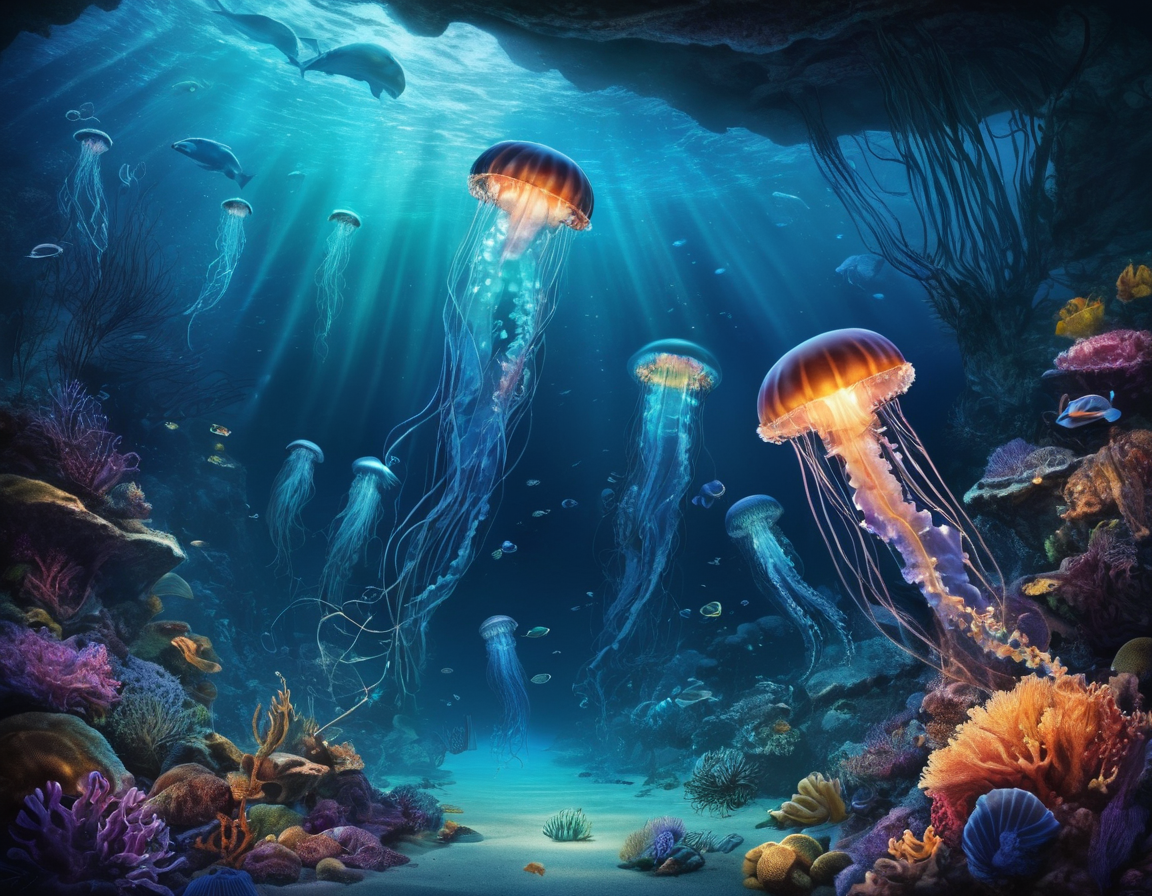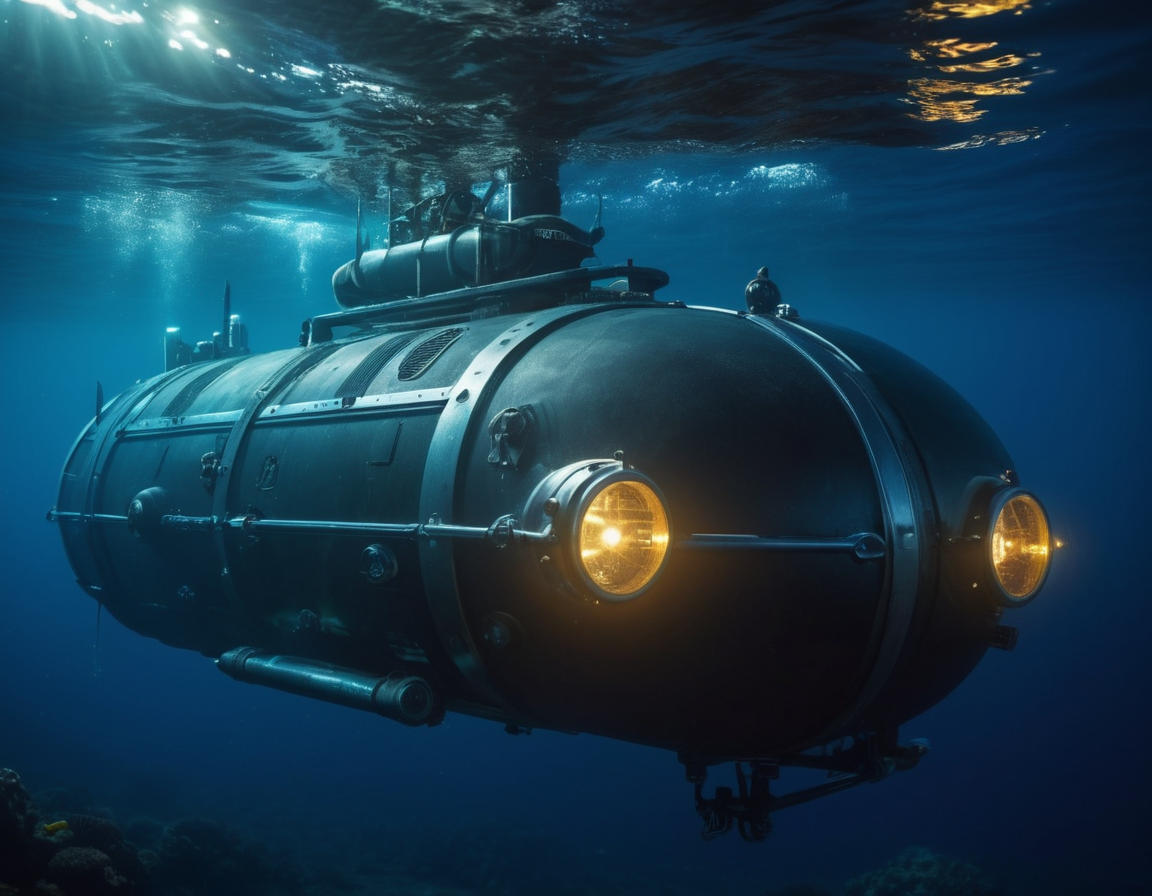Unlocking the Secrets of the Deep Sea: A Dive into the Mesopelagic Zone
The Mesopelagic Zone: Exploring Earth’s Mysterious Midwater Realm
The ocean is a world filled with mystery and the Mesopelagic zone, also known as the ‘twilight zone’, is no exception. Stretching from 200 to 1000 meters below the ocean’s surface, this region is just beyond the reach of sunlight, cloaked in semi-darkness and enigma. In this blog post, we’ll delve deep into the secrets of the mesopelagic zone, exploring what makes this part of the ocean so fascinating and why it’s crucial to our planet’s health. 
Life in the Shadows
The mesopelagic zone, despite its lack of sunlight, is teeming with life. The denizens of this layer have adapted in remarkable ways to survive the harsh conditions. Many marine organisms here possess bioluminescence, the ability to produce and emit light. This adaptation serves several purposes such as camouflage, attracting prey, and finding mates. The biodiversity in this zone is immense, with species ranging from small copepods to the mysterious giant squid.
The Role of the Twilight Zone in Earth’s Ecosystem
One of the most noteworthy roles of the mesopelagic zone is its contribution to the biological carbon pump. This process involves the transfer of carbon from the atmosphere to deep sea sediments, where it is stored for centuries. Organisms in the mesopelagic zone contribute by consuming carbon-rich food at the surface and then releasing it at depth through their waste, effectively sequestering carbon and helping regulate the Earth’s climate.
Challenges in Exploration
Exploring the mesopelagic zone is fraught with challenges. The extreme pressure, low temperatures, and darkness make it an inhospitable environment for humans. Innovative technologies, such as unmanned submersibles and advanced sonar equipment, have been developed to explore these depths. However, much of this vast area remains a puzzle, with scientists at the forefront of uncovering its secrets. 
The Future of the Mesopelagic Zone
Human activities, such as fishing and pollution, are beginning to affect the mesopelagic zone. With new species and ecological interactions discovered regularly, the need for conservation is imperative. It is vital to balance our desire to explore and utilize deep sea resources with the necessity to preserve this hidden frontier.
Take a Dive into the Unknown
If the mesopelagic zone intrigues you, get involved or learn more. Support oceanographic research initiatives or participate in awareness campaigns to protect our ocean’s twilight zone. Your voice and actions can contribute to the sustainable stewardship of our planet’s last unexplored frontiers. 
Call-to-Action: Are you fascinated by the deep sea? Share this post and help raise awareness about the importance and mystery of the mesopelagic zone.






